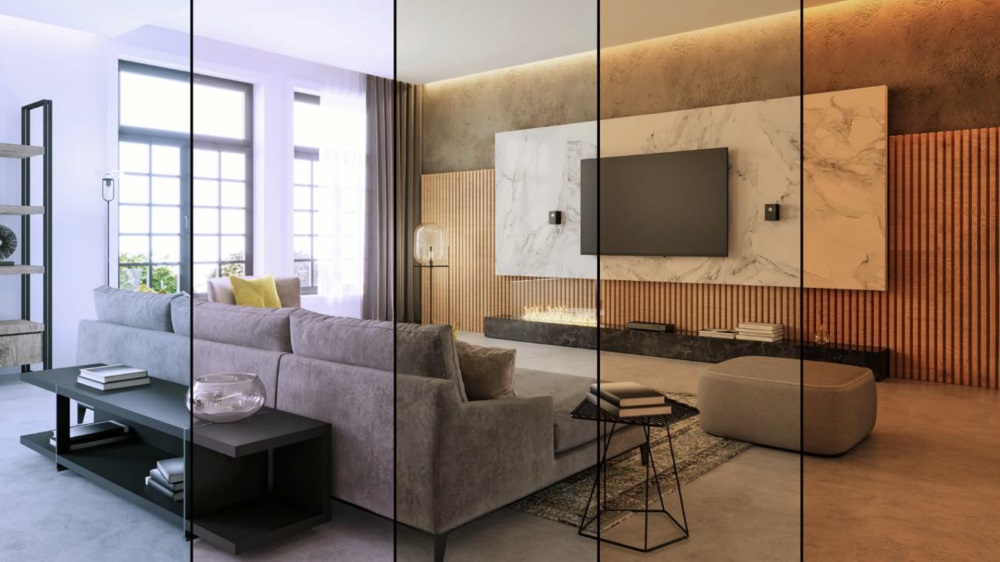Lighting for Health and Wellness: Harnessing Circadian Rhythms

In the modern era, where artificial lighting dominates our lives, the impact of light on our health and well-being is increasingly being recognized. Beyond just aiding visibility, light plays a crucial role in regulating our circadian rhythms—the natural, internal clock that governs our sleep-wake cycle and influences various physiological processes. Understanding how to harness the power of lighting to support our circadian rhythms can significantly enhance our overall health and wellness.
The Importance of Circadian Rhythms
Circadian rhythms are innate biological cycles that follow a roughly 24-hour pattern, influenced primarily by light and darkness. These rhythms govern crucial functions such as hormone secretion, body temperature, and sleep-wake patterns. Disruptions to our circadian rhythms, often caused by irregular light exposure, can lead to various health issues, including sleep disorders, mood disturbances, and compromised immune function.
Natural vs. Artificial Light
In nature, our circadian rhythms are synchronized with the natural cycle of daylight and darkness. Sunlight, particularly in the morning, contains a high proportion of blue light, which helps to suppress the production of melatonin—the hormone that regulates sleep—and signals to our bodies that it’s time to wake up and be alert. As the day progresses, the intensity and color temperature of natural light change, gradually shifting towards warmer tones that promote relaxation and preparation for sleep.
However, in our modern lifestyle, we are often exposed to artificial lighting sources, such as fluorescent lights and LEDs, which emit light across a broad spectrum, including blue wavelengths. Prolonged exposure to artificial blue light, especially in the evening, can disrupt our circadian rhythms by suppressing melatonin production and delaying the onset of sleep.
Harnessing Circadian Lighting
To optimize our health and well-being, it’s essential to mimic the natural changes in light throughout the day within our indoor environments. This concept, known as circadian lighting, involves strategically adjusting the intensity, color temperature, and timing of artificial light sources to align with our natural circadian rhythms.
One effective way to achieve circadian lighting is through the use of tunable LED fixtures, which can adjust both intensity and color temperature dynamically. In the morning and during the day, cooler color temperatures resembling daylight can promote wakefulness and productivity. As evening approaches, warmer color temperatures resembling sunset hues can signal the body to wind down and prepare for rest.
Integrating Circadian Lighting into Interior Design
Incorporating circadian lighting principles into interior design not only enhances our physiological well-being but also creates aesthetically pleasing and functional spaces. Design elements such as dimmable lighting fixtures, automated lighting controls, and dynamic lighting scenes can all contribute to a circadian-friendly environment.
Chandeliers with crystal are a timeless and elegant lighting choice that can be seamlessly integrated into circadian lighting design. By incorporating dimmable LED bulbs and programmable controls, chandeliers with crystal can adapt to the changing lighting needs throughout the day, providing both functionality and visual appeal to any space.
The Impact on Sleep Quality and Overall Wellness
Numerous studies have demonstrated the positive effects of circadian lighting on sleep quality, alertness, and overall well-being. By aligning our indoor lighting with our natural circadian rhythms, we can promote restful sleep, enhance mood and productivity, and improve overall health outcomes.
In addition to the physiological benefits, circadian lighting can also enhance the architectural and aesthetic qualities of a space, creating dynamic and visually engaging environments that respond to the changing needs of its occupants.
Conclusion
As our understanding of the relationship between light and health continues to evolve, harnessing circadian rhythms through intelligent lighting design becomes increasingly important. By integrating circadian lighting principles into our indoor environments, we can create spaces that not only support our biological needs but also promote health, wellness, and vitality. Whether through the use of tunable LED fixtures, automated controls, or timeless chandeliers with crystal, the possibilities for enhancing our well-being through circadian lighting are limitless. Embracing this holistic approach to lighting design can lead to happier, healthier, and more harmonious living spaces for generations to come.












